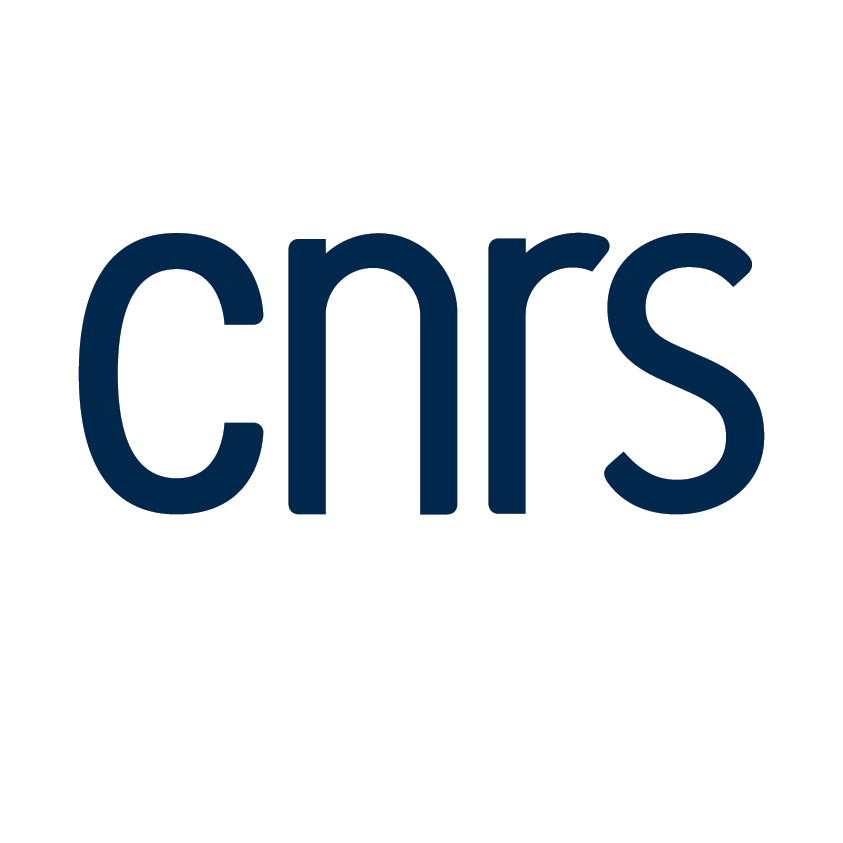Retour
Séminaire de Théorie Algorithmique des Nombres
Exploiting algebraic structure in probing security
Maxime Plançon
( IBM Zürich )-
14 février 2023 à 10:00
The so-called -encoding, introduced by Goudarzi, Joux and Rivain (Asiacrypt 2018), generalizes the commonly used arithmetic encoding. By using the additionnal structure of this encoding, they proposed a masked multiplication gadget (GJR) with quasilinear (randomness and operations) complexity. A second contribution by Goudarzi, Prest, Rivain and Vergnaud in this line of research appeared in TCHES 2021. The authors revisited the aforementioned multiplication gadget (GPRV), and brought the IOS security notion for refresh gadgets to allow secure composition between probing secure gadgets.
In this paper, we propose a follow up on GPRV. Our contribution stems from a single Lemma, linking algebra and probing security for a wide class of circuits, further exploiting the algebraic structure of -encoding. On the theoretical side, we weaken the IOS notion into the KIOS notion, and we weaken the usual -probing security into the RTIK security. The composition Theorem that we obtain by plugging together KIOS, RTIK still achieves region-probing security for composition of circuits.
To substantiate our weaker definitions, we also provide examples of competitively efficient gadgets verifying our weaker security notions. Explicitly, we give 1) a refresh gadget that uses random field elements to refresh a length encoding that is KIOS but not IOS, and 2) multiplication gadgets asymptotically subquadratic in both randomness and complexity. While our algorithms outperform the ISW masked compiler asymptotically, their security proofs require a bounded number of shares for a fixed base field.




